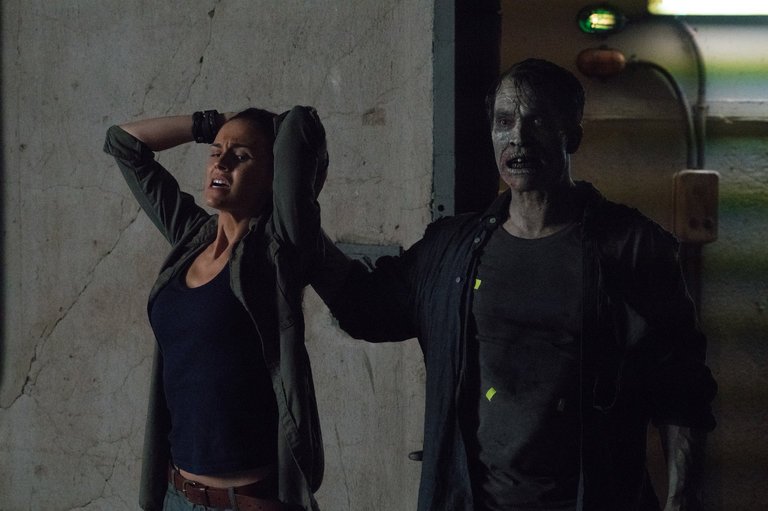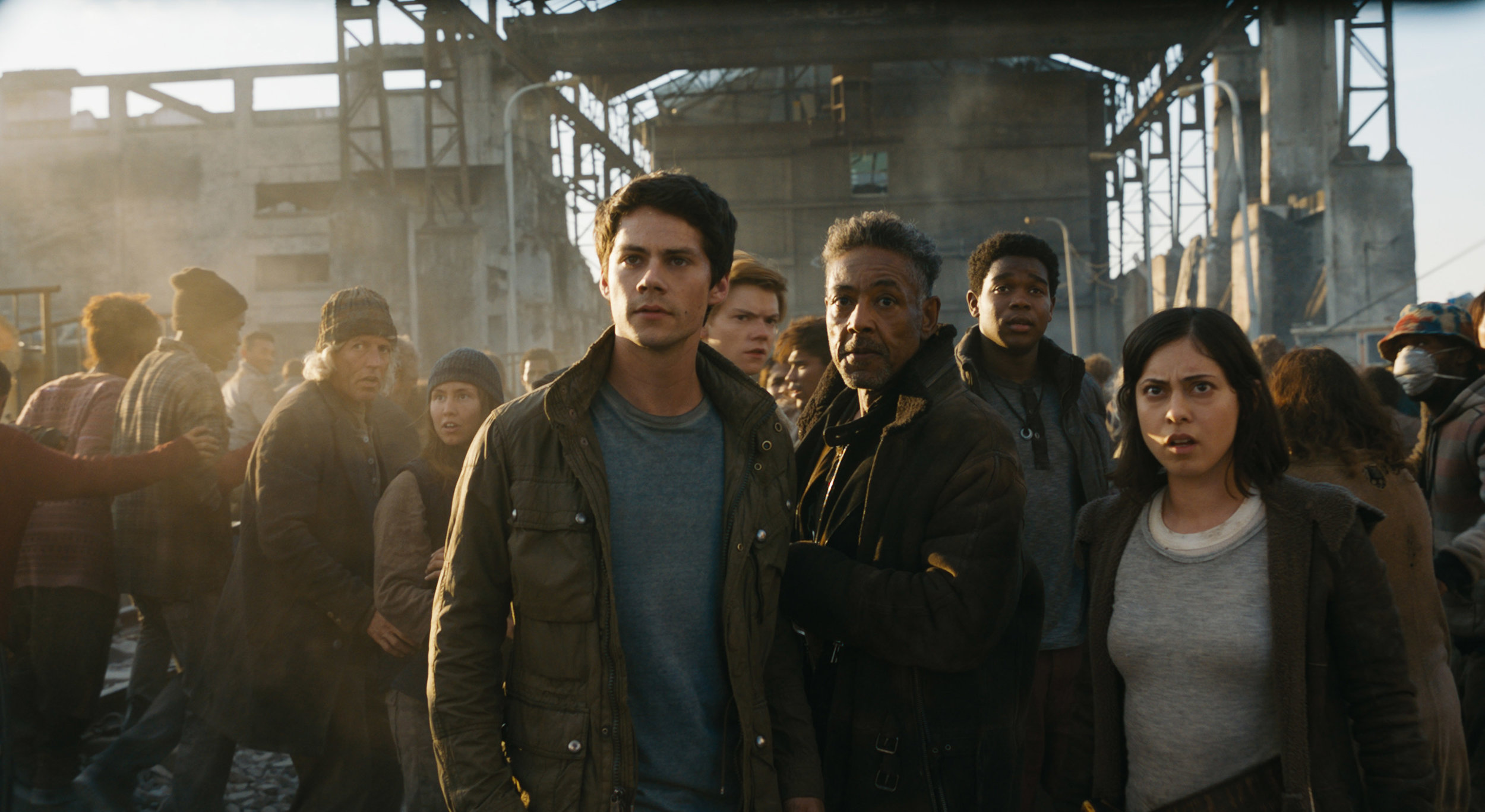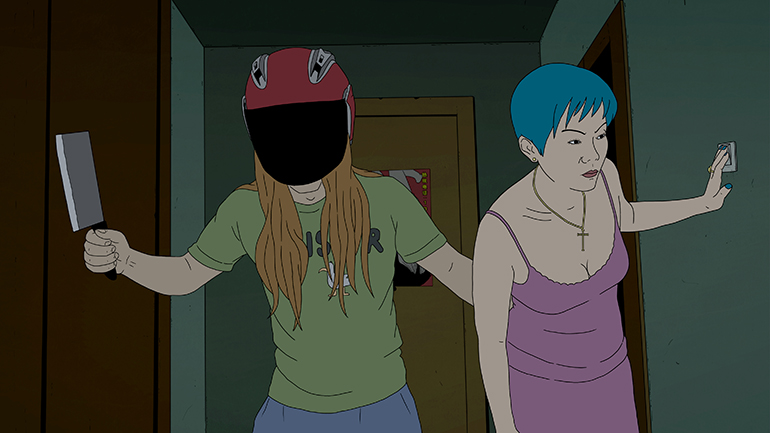File Under 2018 #20: Thoroughbreds
/Thoroughbreds, the debut film from playwright Cory Finley, is difficult to categorize. It is probably easiest to consider it a black comedy though it doesn't seem to actively be going for laughs of any discomforting level. It certainly is dark, in any case. The soundtrack plays like this is a horror film with strange sounds and pulses meant to elicit an uneasy feeling. There is an element of crime akin to a thriller. And a Hitchcockian plot akin to Strangers on a Train. Thoroughbreds is all of it.
It isn't a surprise that Finley comes from a theater-writing background as his debut's script is its finest asset. Not only does it draw on everything I mentioned above, it does so incredibly seamlessly -- for all its direct references and the many films that it might bring to your mind, it does so while feeling new. While it doesn't have a complex narrative [in some ways it is a pretty standard thriller/dark comedy plot] there is so much more happening, built by the specificity of its characters, time, and place.
I found the two central characters, played by Olivia Cooke [the dying girl of Me and Earl and the Dying Girl] and Anya Taylor-Joy [The Witch and Split], fascinating. In most films, these are characters specifically designed to be disliked. They are poor little rich girls who live comfortable lives in their comfortable houses in the comfortable suburbs. Sure, they have family drama, even have to deal with tragedy, but who doesn't? They at least have the resources to pull themselves out of those pitfalls.
But Thoroughbreds kind of makes them the heroes with a decidedly twisted point-of-view. They are far from likable people but when they are working together they complement each other so well that they seem worth rooting for. Their characters are so sharply written, especially in early scenes where their broken relationship is re-forming, that you can't help but feel like you are in on their devious plan. Somehow without earning any goodwill, they are a new age Thelma and Louise -- a slightly more psychotic, sociopathic, millennial version.
What it's about: Amanda and Lily are childhood friends who are forced back together when Amanda's mother pays Lily to tutor her disaffected daughter. It is Amanda's complete lack of empathy that helps teach Lily to face her life more honestly, however, which ultimately leads to a plan to murder her jerk of a stepfather. Their friendship grows closer, their different personality traits come together to make for perfect accomplices.
Unorganized thoughts:
Not only are Amanda and Lily perfectly complimentary characters, the respective performances are compellingly different.
It could be my previous associations with Anya Taylor-Joy in the two big horror films she's starred in, but I see her performance as Lily coming from a place of horror, as well. Her expressionless face balances with her big, naturally expressive eyes for an unsettling image.
As for Olivia Cooke, she fits squarely into a dark comedy with a disaffectedness that feels more put on -- but in a way that is coming from the character more than from the actress performing.
The most notable performance in the film, however, is from the late Anton Yelchin. When he pops into the movie it is like a grenade goes off, not just with the gut punch reminder that he tragically died more than a year and a half ago, but also from his complete dynamism. His character is primarily in only two scenes and they are among the most energetic and memorable.
I just can't get over just how well the film tricks you into going along with Amanda and Lily while never ignoring that they are terrible human beings. This is done most explicitly in a scene where Mark, the marked man as it were, dresses down Lily for her selfish awfulness ... and he's not wrong.
And it isn't like Mark is abusive, he's basically just a rich snob who lacks affection. He's far from the typical revenge film victim, which leaves the ending in a complicated place. In a way, the film's conclusion completely fortifies the accurate criticisms of Lily that Mark lays out. And where Lily, in particular, ends up definitely says something about the privilege she maybe took for granted.




















